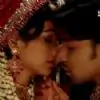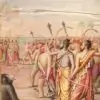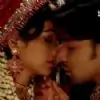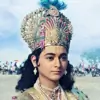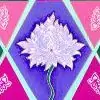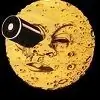For one thing, the Nagas were supposed to be spread across the subcontinent. The legends certainly have them popping up everywhere. However, the issue of the link between the legendary nagas (who were also supposed to have connections to the netherworld) and the various naga tribes present today is different from the issue of the popularity of myths and legends about snakes and naga . And naga legends and snake cults are very popular all over the subcontinent and even beyond, especially southeast asia.
Whatever the case maybe, Iravana became popular in South India with some rather strange legends of ritual human sacrifice and Iravana being married to either Krishna (as Mohini) or the daughter of Satyaki. There is an entire third-gender sect in Tamil Nadu centered on the legend of Iravana (or Aravana as he is known in Tamil). The sect is called the Aravani/Ali and they regard Iravana as a deity.
Thanks for the explanation in the 2nd paragraph.
I know that the Nagas were a whole race of people, like Gandharvas, Kinnaras, et al. But in this story, when Arjun was on his year long exile, his travel took him to Nagaland, and it was there he met Uloopi. This is supported by the fact that after he left Chitrangada and Babruvahana, Uloopi, who was abandoned by Arjun, chose to live with them. So the story of Uloopi and Chitrangada is very specific to the north east - Nagaland and Manipur in particular, and even though Iravan was a half Naga, he was a Naga from that area, and not one like, say, Kunti's maternal grandfather. Which is why it's a little surprising to see him as a part of South Indian tradition.
That brings to mind another question. In the Mahabharat, it seems that the maternal sources of the various princes had a huge bearing on what they became - Ghatotkacha a rakshasha, Abhimanyu a Yadava, Iravan a Naga, and so on. One would have thought that as sons of Bhima and Arjun, they would have been Pandavas - nothing more, nothing less.


